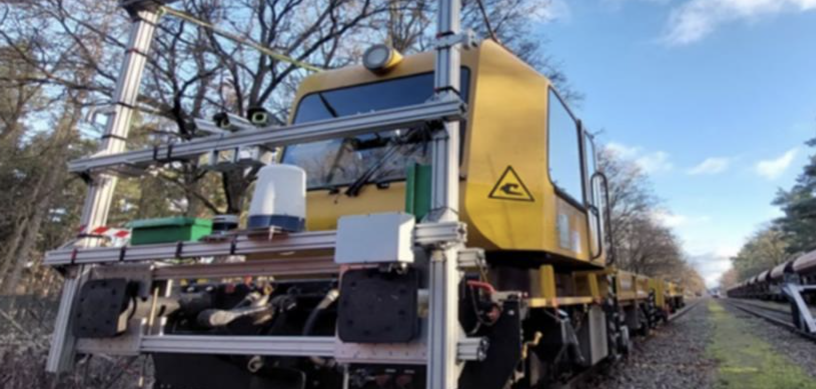Running in parallel with the automotive sector, the rail industry is also working on the development and progression of fully automatic train operation (ATO). This brings with it a unique set of challenges, such as the train’s need to detect obstacles in its path quickly and reliably to enable emergency braking sequences to be initiated.
To support the development of such systems, machine learning (ML) methods are implemented, and these require training data that has, until now, been limited in its availability. Open Sensor Data for Rail 2023 (OSDaR23) is stated to be the first open multi-sensor data set for railroads in mainline traffic which provides information from various sensors for training, validation and testing purposes.
The data set was created as part of the “Preparation of datasets for applications of automated driving in railroad operations” project on behalf of the German Centre for Rail Traffic Research (DZSF) by FusionSystems. The sensor data – from DB Netz and Digitale Schiene Deutschland – was collected by infrared cameras, color imaging cameras, in addition to lidar, radar, and position and acceleration sensors.
By publishing OSDaR23, the aim is to better train, test and validate software systems with ML techniques and to enhance automated environment perception on railways. To ensure that all of the data was exchangeable and reuseable, the research group chose ASAM OpenLABEL as the standardized format to annotate the data. The standard “specifies how object information must be categorized and described in order to provide autonomous driving systems with a common fundamental and in-depth understanding of their environment”.
ASAM e.V. developed and published the ASAM OpenLABEL standard in 2021 as part of its ASAM OpenX portfolio. ASAM e.V. states that this is slowly becoming the industry’s reference for simulation-based testing of automated driving functions in the automotive industry.


